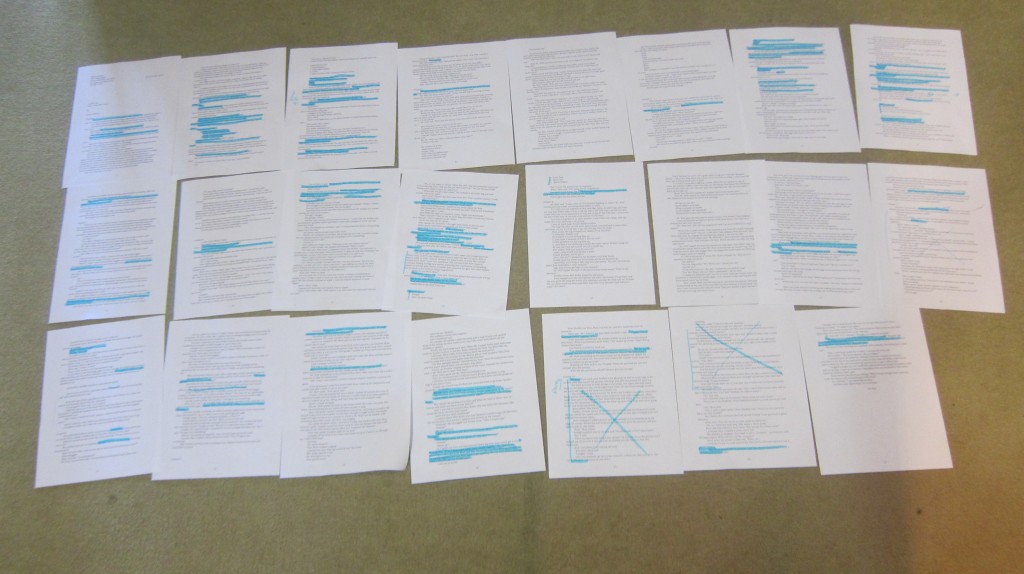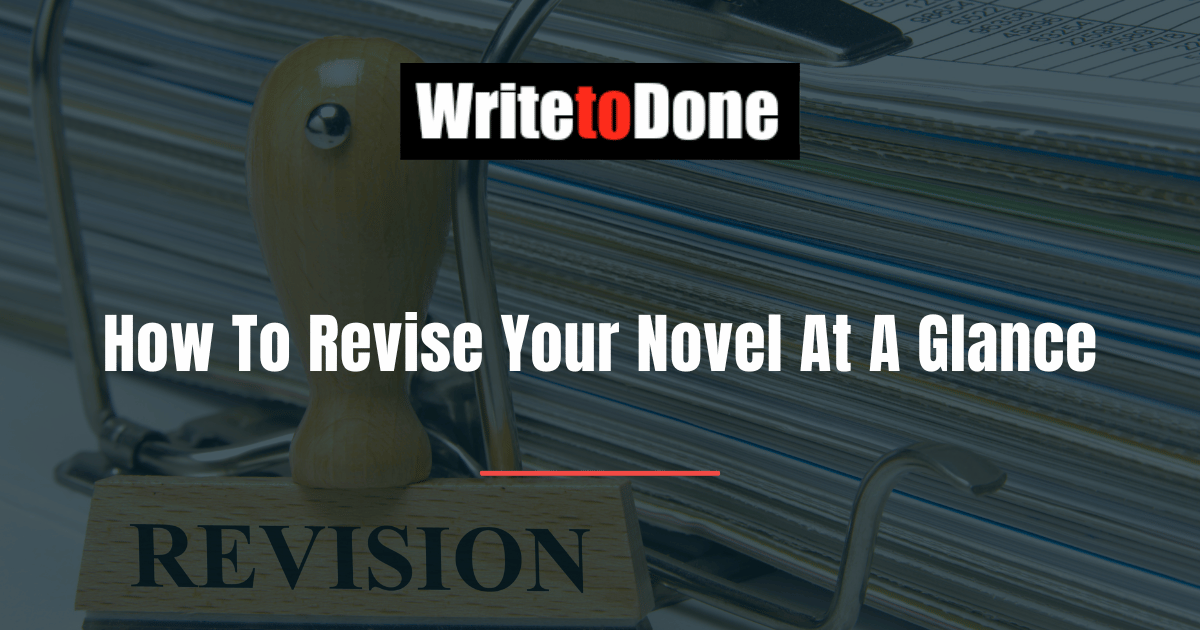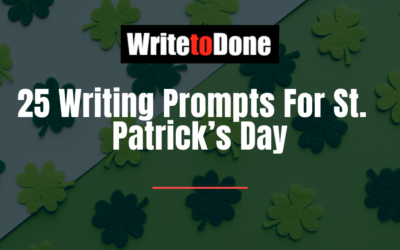So you’ve written a novel?
You should be thrilled, but you’re filled with dread.
Because you need to revise your novel.
Revising a novel looms large because novels are complex. So we break them into manageable parts called chapters.
A chapter is short, covers a few pages, and usually deals with only a few plot points, or small character goals.
Revising one chapter at a time simplifies the process of revising your novel, but it’s a misleading revision. Consider the complexity of a novel in all its glory:
- Novels cover a wide scope in theme, setting and events.
- Novels involve many characters, and delve deep into their inner lives.
- Novels include a series of interlocking plot points or character goals.
- Often, several subplots weave in and out of the main plot, to add extra layers of complexity.
- Over the course of a novel, a character must change and evolve, while staying true to their inner life.
With so much complexity, novelists struggle to keep everything in mind. Enter the shrunken manuscript.
The Shrunken Manuscript
A long time ago, I was critiquing a novel for a friend. I was so broke that I didn’t want to spend money on buying paper to print out the manuscript in full.
But I critique better on paper, so I decided to shrink the manuscript to fit more onto a page. I changed the font size, took out all the white spaces, and turned a 50,000-word manuscript into thirty printed pages.
And suddenly, I began to see it differently.
I laid out the thirty pages on the floor in three rows of ten, and suddenly, the big messy thing we call a novel was visual. I could see the relationships among different elements.
The 30-page limit allowed me to see a chapter on a single page. Several chapters could be laid out in front of me at the same time, and I could easily trace the development of a character, a plot point, etc.
I call this technique the Shrunken Manuscript, and it’s a signature technique of my blog, Fiction Notes.
How to Revise Your Novel
Here’s how you can shrink your manuscript to take a good look at the overall structure of your novel.
1. Use single space and reduce the font size until the entire manuscript is 30 pages or less.
Usually a font of 8 point works, unless the manuscript is very long. It’s better if the text is continuous, so don’t leave any half pages at the ends of chapters; just let the chapters flow together.
I know 8 point is very hard to read, but you don’t have to read from the shrunken manuscript – you just need to be able to mark it up.
A few extra pages is no problem, but by the time you get to forty pages of shrunken manuscript, it’s no longer visual.
If your manuscript is over 50,000 words, try formatting the entire text into two columns using “SelectALL/Columns/Create 2 columns”. Make sure you remove the white spaces at chapter breaks. If need be, use 6 point.
If none of these tactics get the manuscript close to 30 pages, divide it into two sections and evaluate thirty shrunken pages at a time. But use this as a last resort.
2. Decide which aspect of the novel troubles you.
You may want to evaluate the characters, the plot, the theme, or the setting.
Pull out your bright or dark markers to mark up your manuscript. The yellow highlighter doesn’t work well here because it doesn’t show up well at a distance. Instead, go for red, dark blue, or purple.
A typical shrunken manuscript might be marked by putting an X on your strongest chapters:
- If your story is less than 40,000 words, put an X across the 5 strongest chapters.
- If your story is 40-50,000 words, mark the 6 strongest chapters.
- If your story is 50-75,000 words, identify the 7 or 8 strongest chapters.
- If your story is over 75,000 words, use a proportional number of strongest chapters.
What do I mean by strongest? I don’t decide the criteria for the strongest chapters. You do. Horror writers will have different criteria than romance writers.
3. Evaluate your shrunken manuscript.
After you mark your strongest chapters, lay out the shrunken manuscript on the floor (or on a large table) in three rows of ten. Now, look at the story.

This 23-page Shrunken Manuscript shows where the protagonist and antagonist are in direct conflict. For a long novel, I could also have marked where the antagonist’s henchmen (sidekick, army, generals, etc) are in direct conflict. However, the villain must appear in person at the climax of the story – no henchmen allowed in that position. The Xs here show that the chapter doesn’t work – there’s no direct conflict.
Here’s what you might find after marking up your shrunken manuscript, and what it means for your novel:
- The strongest chapters cluster at the beginning and the end of the story – You have the dreaded Sagging Middle.
- The strongest chapters cluster toward the last half of the story – You need to chop off the opening chapters and find a better place to start.
- The strongest chapters are spread out evenly across the whole novel – Perfect!
In this evaluation, you must be guided by your own concept of a novel. Do you want the opening chapter to be the biggest and strongest chapter? Or do you want the whole first act to build to the biggest chapter at the end of Act I?
Either choice works – it depends on your story, and what you’re trying to do. As you evaluate the shrunken manuscript, take these things into account.
Answering Objections
Some novelists don’t like what they see, and have objections like:
1. I needed to mark more chapters for my story because they are all strong.
Certainly every chapter should be strong. However, some chapters will be more exciting or more emotional, and that’s what we’re looking at here.
Where are the mini-climaxes of the story and how do they relate to one another?
2. I needed to mark more than five chapters because it’s _______(special in some way).
All the rules for the Shrunken Manuscript are made up by me. They’re somewhat arbitrary, but I keep them as Rules (with a capital R) because they work.
Change any rules that you feel necessary for you to see your story and evaluate its strengths and weaknesses.
But don’t refuse to see a weakness that the technique reveals. If you have a sagging middle except for one possibly strong chapter in the very middle, you should pump it up!
Using the Shrunken Manuscript
The shrunken manuscript technique is flexible and can help you to see almost everything in a story.
I mark the major plot points in one color and the major subplot points in different colors to see where they interact.
The overall story and details that create mood may communicate the theme, but I find that the actual words that explain a theme are confined to small areas. Once I identify those areas, I make sure the language is exact and moving; there should be no contradictions here.
Or I might track the emotional arc of a character.
Basically, you can mark anything about your novel that worries you on a shrunken manuscript. It becomes visual, and you can see the strengths and weaknesses of your story in these areas.
In which other ways can you think of using the shrunken manuscript to revise your novel? Share in the comments!


















